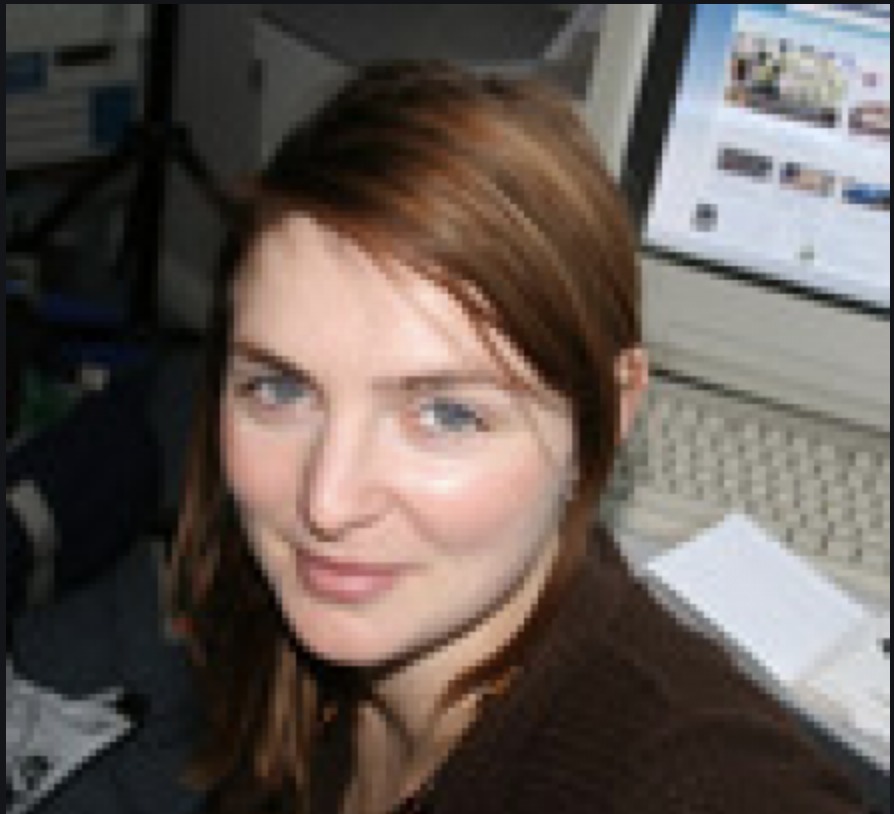
Countries at the U.N. climate summit in Doha need to “think big” on reducing carbon emissions. Frits Ahlefeldt-Laurvig.
DOHA, Qatar (26 November 2012)_While significant progress is being made at the local level to move ahead with an international scheme to reduce carbon emissions via decreasing deforestation (REDD+), countries at the Doha U.N. climate summit need to ‘think big on emissions targets and funding’ to ensure the scheme does not lose its focus, said leading climate change experts.
“There is no doubt that REDD+ must meet development objectives, but without emissions reductions commitments from the big players like US and China, the big funding won’t be coming in for REDD+ anytime soon,” said Louis Verchot, a leader of forests and climate change research at the Center for International Forestry Research (CIFOR).
“I don’t think there is a lot of political will at the moment to make significant emission reductions commitments. Politicians in the US have not educated the population on the issue or explained what would be accomplished in the long-term by accepting economic sacrifice now. So there is little popular support for action.”
“If these big players are willing to get involved, then other countries will be willing to take on firm emissions reductions and to commit financially.”
Deforestation and forest degradation account for about 12 percent of global emissions, so keeping trees standing is an action that forest-rich countries can undertake to significantly reduce their emissions.
Reducing emissions from deforestation and degradation (REDD+), a scheme that will see funds channelled to developing countries has emerged as a key strategy in efforts to mitigate against climate change.
There is no doubt that REDD+ must meet development objectives, but without emissions reductions commitments from the big players like US and China, the big funding won’t be coming in for REDD+ anytime soon.
Over 340 REDD projects are being carried out across 52 countries around the world, the majority of which have been driven by sub-national governments who have been making significant strides despite the recent negotiations stalemate.
This week, negotiators from 193 countries across the globe will meet in Doha at the 18th Conference of the Parties to the UN Framework Convention on Climate Change (UNFCCC COP18) to continue discussion on how to reduce global greenhouse gas (GHG) emissions responsible for climate change.
Doha will be the last chance for many developed countries to commit to a second round of emissions reductions under the Kyoto Protocol, which has been extended to 2017.
As an emissions reduction mechanism, REDD+ is not recognised under the Kyoto Protocol, however there has been a strong push to include the scheme in the new climate deal under the Durban Platform.
Progress on an overarching climate agreement at Doha hoped to encourage REDD+ funding
Brokered by the U.S and hailed as one of the few successes of last year’s climate conference, the Durban Platform will encourage both developed and developing countries to set and commit to GHG reduction targets by 2015 and these targets must be met by 2020.
However a key factor is whether the superpowers in terms of GHG emissions – the U.S. and China – will set an example for others and sign up to an emissions reductions agreement. Verchot, however, is sceptical.
“For China, there will likely be no movement unless the US goes first. Without the support of the U.S. and China, there is little incentive for other countries to move,” he said.
http://www.youtube.com/watch?v=GKsTCwm2NEE
Finance has to be linked to an overall agreement, Verchot said. The demand for emissions reductions will be tied to national commitments. Whether REDD functions as an offset or a national action by developing countries, it is unlikely to mobilise adequate funds and resources to fulfil its mandate without emissions reductions targets.
Although developing countries have seen some of the US$4.5 billion pledged by donor countries for REDD+ readiness activities over the last two years, disbursements have been slow. According to a recent report, the World Bank’s Forest Carbon Partnership Facility (FCPF) has only disbursed eight percent of its funds since 2008 and the UN-REDD programme has disbursed only 20 percent of its funding to date.
While bilateral funding, private investment and forest bonds were discussed as alternative sources of long term funding at Durban, decisions at Doha will need to focus on ‘who pays?’ for climate mitigation activities here and now. Whether developed countries or emerging economies contribute most of the cash will also be significant to get funds flowing into the Green Climate Fund – the only long term climate financing mechanism in place.
These decisions are needed, said Verchot, if countries are to feel reassured that their huge investment in REDD will pay off.
“Without the long term guarantee of investment, why would countries build new institutions, invest in training personnel, reorganise their ministries and technical offices to respond to a programme that may be over in two or three years time?”
A year for learning from the experiences of REDD+ countries
Despite the future uncertainty over emissions reductions and finance at Doha, national and sub-national governments have already been looking to other sources of funding and implementing their own mitigation activities, said Verchot.
“An awful lot that has been put in place sub-nationally. Money is beginning to flow and policy processes are being undertaken and institutional change is happening.”
Despite the lack of leadership from the U.S. federal government, many American states have joined together to create mechanisms to reduce GHG emissions, such as the Western Climate Initiative, North America 2050, and California’s cap and trade programme.
For China, there will likely be no movement unless the US goes first. Without the support of the U.S. and China, there is little incentive for other countries to move.
And emerging economies are also implementing policy and legislation that is having a positive impact on emissions reductions independently of the UNFCCC. In Brazil for example, the state governments of Mato Grosso and Pará have been working towards developing REDD+ projects, while Acre hopes to link its pilot project to an international cap and trade programme. This has contributed to deforestation rates in Brazil being slashed by over 70% between 2004 and 2011.
Said Tony la Vina, UNFCCC negotiator for the Philippines and REDD facilitator: “This is a year for learning from the experiences of REDD+ countries.”
While such bilateral agreements are allowing many countries to move ahead with REDD+ projects and demonstration activities, in many cases such funding has come with its own set of development objectives that could compromise the focus of REDD+ as a climate change mitigation tool.
“In some places, we are already seeing REDD+ projects focused more on meeting development objectives in order to access alternative funding sources.”
In the absence of climate funding, will REDD+ become just another development project?
According to a recent CIFOR publication Analysing REDD+, two-thirds of REDD+ funding has already come from developed country aid budgets alone, where objectives are strongly focused on economic development and poverty alleviation.
“These are, of course, very nice objectives, but it is part of this dilution or pulverising of the original REDD+ objectives and the REDD+ idea, which is to reduce carbon emissions,” said Arild Angelsen, an environmental economist with CIFOR and the book’s main editor.
Furthermore, although development projects and REDD projects are designed differently, they do have similarities, which could mean that programmes labelled as ‘REDD+’ could in fact become more development orientated and lose their emissions reduction focus.
“Agencies that are on the ground implementing REDD are already finding themselves in an awkward position. If they move forward with the REDD+ idea and create expectations that can’t be met they will lose the confidence of the communities that they are serving. They may feel the need to look at alternative development models that do not have the reduced emission impact,” said Verchot.
For more stories from the UN climate talks in Doha, click here.
We want you to share Forests News content, which is licensed under Creative Commons Attribution-NonCommercial-ShareAlike 4.0 International (CC BY-NC-SA 4.0). This means you are free to redistribute our material for non-commercial purposes. All we ask is that you give Forests News appropriate credit and link to the original Forests News content, indicate if changes were made, and distribute your contributions under the same Creative Commons license. You must notify Forests News if you repost, reprint or reuse our materials by contacting forestsnews@cifor-icraf.org.












